|
|
|
Amrita Gupta
|
|
|
|
|
|
|
|
|
The
Artist’s Mind: Internationalism, Indigenism and Activism in Indian
Modernism
Within the competing nature of Indian
modernism is the assent of the myriad reactions that British academism
caused, followed by the cultural nationalist turn, and the Partition in
1947 that stands on the axis of modern territorial politics in South
Asia. If the Partition determined the course that art and artists would
take in post-independent India, the responses of particular artists to
western modernism as a global language and challenging the art-craft
binary posited by colonialists’ is a compelling one in terms of the
discursivity of such practices. Placing the modernists in this
exhibition segment within such a historical framework, it is important
to explore their personal-cultural lives from a contemporary
psychoanalytic lens that ties the developmental and relational to
subjective experience.
The quest for internationalism or
Euro-American modernism deepened after Partition in the mandate of the
Bombay Progressive Artists’ Group (formed in 1947) which rejected the
revivalism of the Bengal School of Painting and British academism.
Alongside, the PAG looked at Indian miniatures, Gupta sculpture and
Hindu mythology for inspiration, through an aesthetic cosmopolitanism.
From 1950 onward, the group included Akbar Padamsee (1928-2020) and
Krishen Khanna (b.1925) – the former moved to Paris after his art
graduation in 1951 on the invitation of S. H. Raza and returned to
Bombay in the 1960s.
Padamsee read Sigmund Freud early in
life, and working in the genres of landscape and figuration, he absorbed
both eastern and western philosophical and artistic traditions in his
experimental practice across painting, printmaking, sculpture
photography and film. His preoccupation with depicting the human face
was evident from his early paintings, while his shift to greys and sepia
occurred in 1959 offering him vast formal possibilities of colour,
scale, composition, and a distinct painterly language. It was not a
rejection of colour, ‘but an exploration of colour as quantities of
black and white, and tracing the invisible.’ His subject matter included
chosen themes: prophets, heads, couples, still lifes, metascapes and
mirror images. The series of heads in this exhibition are late works
built up with shades of grey and sepia in watercolors, occupying the
painted surface without perspectival depth or angularity of the human
face – solitary and melancholic in their psychological expressiveness of
the existential condition. For him, ‘expression was more powerful when
it is about a solitary figure.’
Krishen Khanna’s subjectivity is
intrinsically tied to the experience of Partition when his family was
displaced from Faisalabad (now in Pakistan) to India, and later to its
turbulent political history, including the Emergency. If Padamsee spoke
of tracing the invisible,
Khanna has described ‘his technique as a process of welcoming the
unpredictable.’ Relocating from Lahore to Shimla in 1947,
Khanna came to Bombay in 1948 and became
part of the Bombay Progressives, and moved back to Delhi in the early
1960s. Chronicling urban subaltern life alongside plural sacred
mythologies, his practice spanned painting, murals, sculpture and
photography. These early drawings speak of experiences dredged from
memory in tonalities of blacks and greys, in lines and silhouettes –
with the strained human figure being central. If there is pastoral and
community life, there are also citizens migrating across borders or
huddled together – distraught in displacement. His ‘engagement with
politics and identity remains tied to question of humanity, serving as
an artistic document of time in modern India.’
Addressing
the post-independence legacies of the Arts and Crafts Movement, K. G.
Subramanyan (1924–2016), an artist, designer, writer, and teacher was
critical of the tradition-modernity divide. He was attentive to
innovations in the creative process that traditional craftspeople engage
with through their own aesthetic language and experience. Involved in
the independence struggle as a youth, his view of tradition as a
‘dynamic space of change’ was shaped by his experience at Santiniketan
(1944 onward) where the emphasis was
to create a ‘context
sensitive modernism’ through one’s own historical position.
If Cubism,
Expressionism and F. N. Souza were inspirations, Subramanyan was deeply
influenced by the artistic traditions of Patachitra and
Kalighat painting, Indian
court painting, classical sculpture, popular theatre (including Jatra)
and memories of his childhood in Kerala. These paintings in oil, gouache
and enamel are emblematic of his style with human figures, animals,
plants, windows, rooms, soil and clouds with ornamental patterns and
motifs that are a synthesis of fluid traditions to create a new
modernist lingua franca through a Gandhian-Marxist lens.
A
painter-printmaker, photographer and teacher, Jyoti Bhatt’s (b. 1934)
interest in the folk arts and popular culture has had both documentative
and aesthetic values. He found a mentor in K. G. Subramanyan, who moved
to teach in Baroda from Santiniketan in 1951. Invoking the
indigenist-modernist
paradigm within a postcolonial identity, Bhatt’s practice encapsulates
folk and tribal art, ritualistic drawings, traditional textiles, text,
media, and street culture. Like Subramanyan, his early work reflected
internationalist trends and, in particular, Krishna Reddy’s intaglios
proved to be a defining moment of a commitment to printmaking, a medium
which complemented his individual sensibilities of being non-exclusive.
Examining the identarian contrasts of the East-West in modern India,
Bhatt’s series of heads/faces are revisited with new markings on old
prints: the self as presence-absence is inscribed with the Devanagari
word hun, which means ‘I’ in Gujarati, superimposed with
geometric design or with the photograph of a peacock – a childhood
memory. This bird was a regular visitor at his parents’ home in
Bhavnagar and is also the national emblem. The Chair (2021) is a
sharp critique of contemporary politics and the power dynamics of our
time, expressing signature signs in his work.
Altaf
Mohammedi (1942–2005) a painter
and cultural activist returned to Bombay in 1967 from the UK after his
study in various art institutions that influenced the politics of his
early career as an artist. Altaf was a member of the Young Communist
League (YCL) in London and joined PROYOM (Progressive Youth Movement) in
Bombay which was Marxist-Leninist in approach. Politically and socially
conscious, Altaf took pamphlets and posters to the streets, labour
camps, chawls, bastis, construction sites, and his paintings to
Dalit colonies of Mumbai, and engaged with students passionately. Deeply
influenced by Albert Camus and Francis Bacon, his paintings from the
1960s–2000s engaged with the Emergency, the Bhopal Gas Tragedy, the coal
mafia belt at Dhanbad, and the political upheavals of Mumbai (1992–93)
and Gujarat (2002). Alongside, his personal anxieties with death and the
existential human condition informed his work: the portraits in this
exhibition in sombre colours employ the grid within which human
heads/faces are placed, with the loneliness and absurdism of the
individual’s struggle to find meaning in a meaningless world, and the
epistemic inability of reason to understand reality being depicted in
these paintings.
© Author and The Guild
|
|
|
|
|
Akbar Padamsee
|
|
|
|
|
|
|
|
|
|
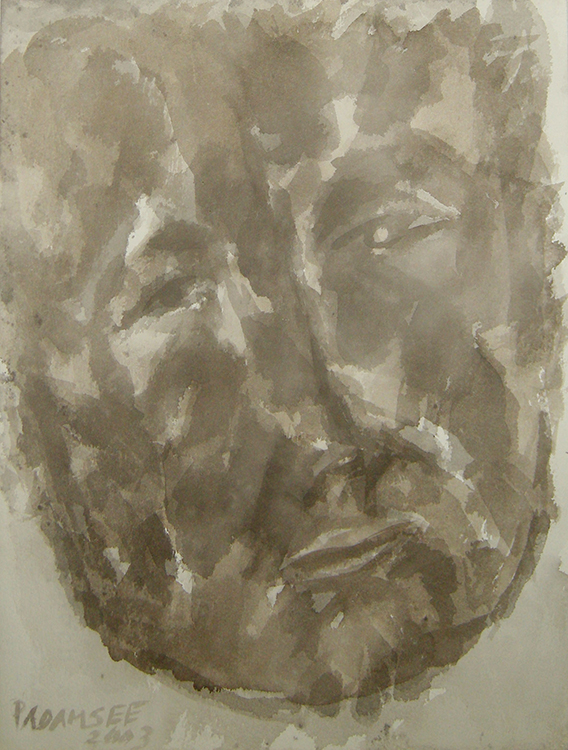 |
|
 |
|
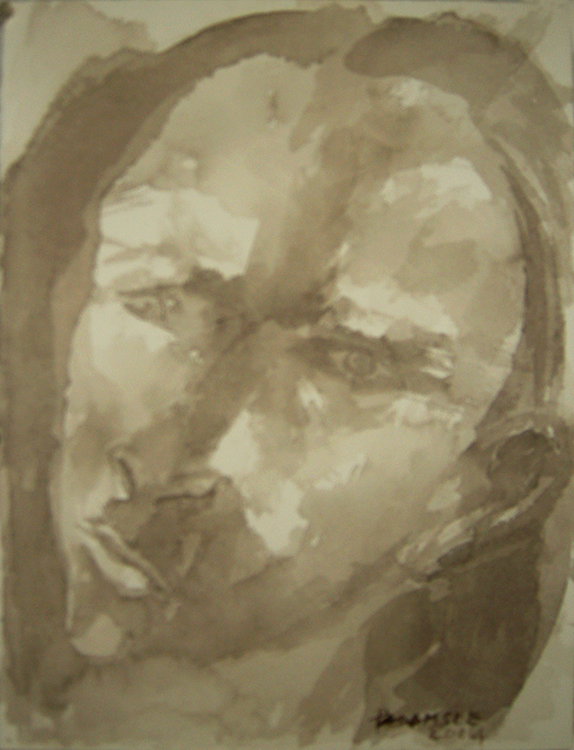 |
|
 |
|
|
|
Untitled, 2003, watercolour
on paper, 15 x 11 inches |
|
Untitled, 2003, watercolour
on paper, 15 x 11 inches |
|
Untitled, 2004, watercolour
on paper, 15 x 11 inches |
|
Untitled, 2002, watercolour
on paper, 15 x 11 inches |
|
|
|
|
|
|
|
|
|
|
|
|
|
|
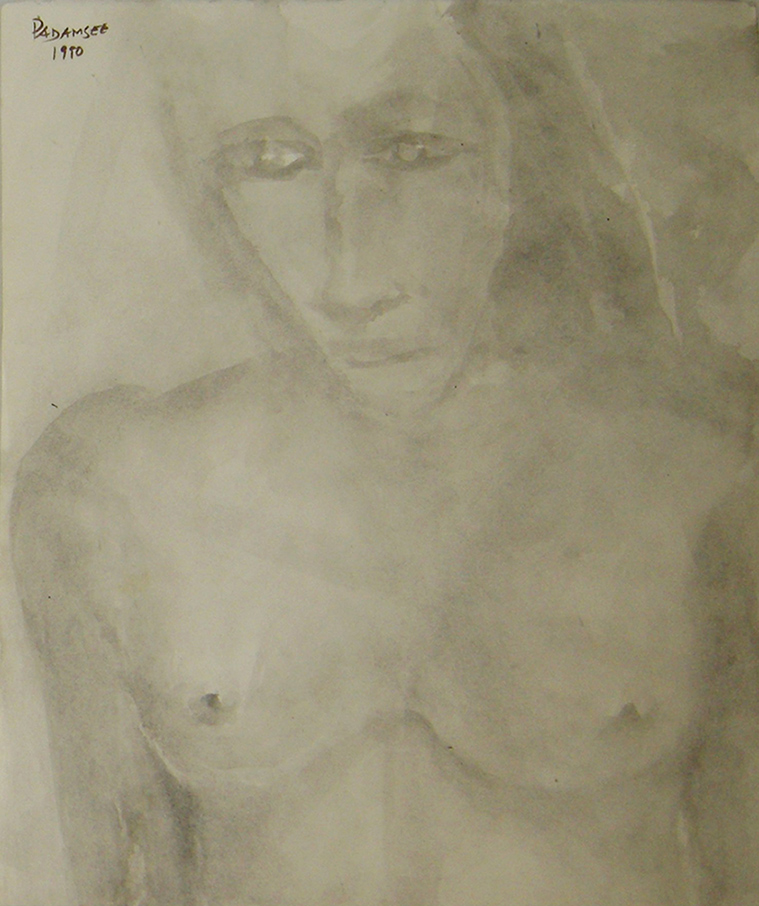 |
|
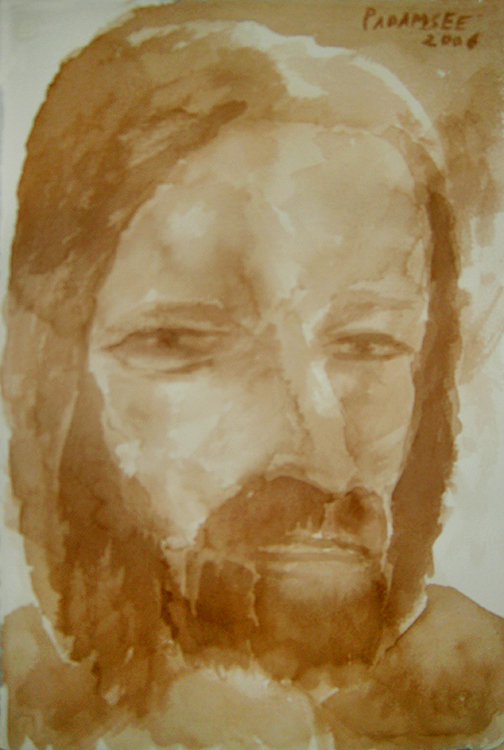 |
|
|
|
|
|
|
|
Untitled, 1990, watercolour
on paper, 17 x 15 inches
|
|
Untitled, 2006, watercolour
on paper, 22.5 x 15 inches |
|
|
|
|
|
|
|
Altaf
|
|
|
|
|
|
|
|
|
|
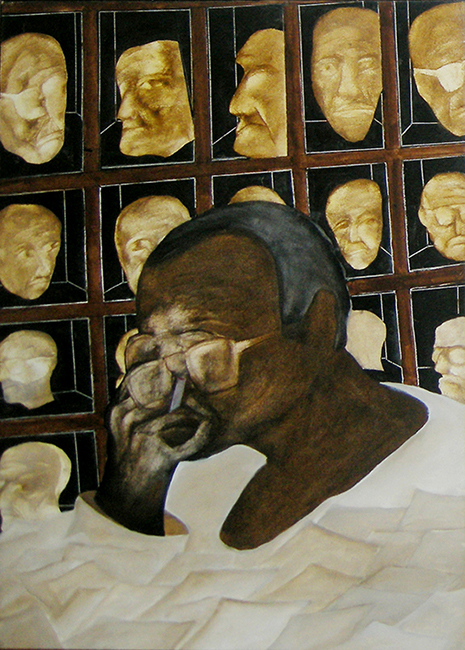 |
|
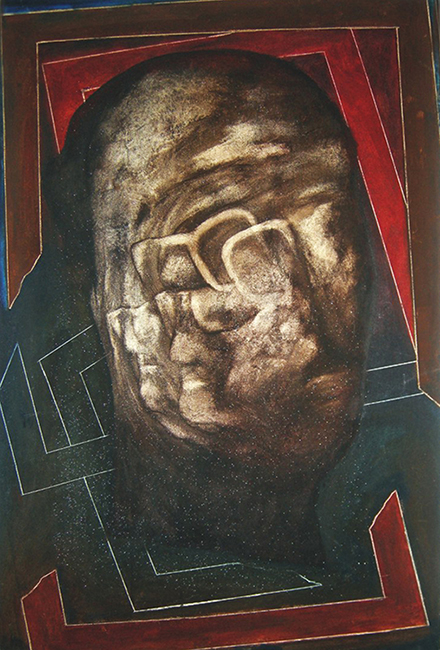 |
|
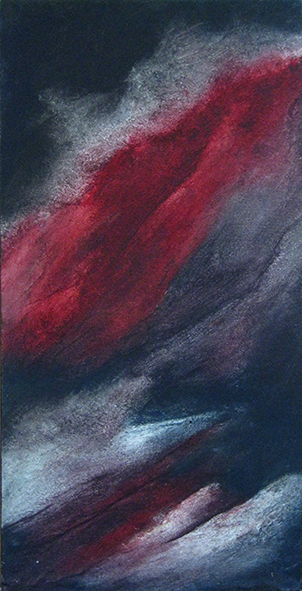 |
|
|
|
|
|
Portrait of a Lonesome Writer 1998, oil on canvas,
36 x 25 inches
|
|
Untitled, acrylic on canvas,
36 x 24 inches |
|
Fire-3, 2000, oil on canvas,
24 x 12 inches |
|
|
|
|
|
Jyoti Bhatt
|
|
|
|
|
|
|
|
|
|
 |
|
 |
|
 |
|
 |
|
|
|
A Face (with peacock), 2021, Hand painting in acrylic on serigraph
of (1972),
19.5 x 15.8 inches |
|
Four Faces, 2021, Hand painting in acrylic on etching (1972),
10 x 10 inches |
|
Mayuri, 2021, Hand painting in acrylic on etching (2001),
13 x 9.8 inches |
|
Krishna-Leela, 2021, Hand painting in acrylic on etching (2021),
9.6 x 13 inches |
|
|
|
|
|
|
|
|
|
|
|
|
|
|
 |
|
 |
|
 |
|
|
|
|
|
New Kolam, 2015,
Hand painting in acrylic on etching (2009),
12 x 9 inches
|
|
The Chair, 2021,
Hand painting in acrylic on etching (2021),
19.5 x 15.8 inches |
|
Two Faces, Hand painting in
acrylic on intaglio (1972),
10 x 13 inches |
|
|
|
|
|
K. G. Subramanyan
|
|
|
|
|
|
|
|
|
|
 |
|
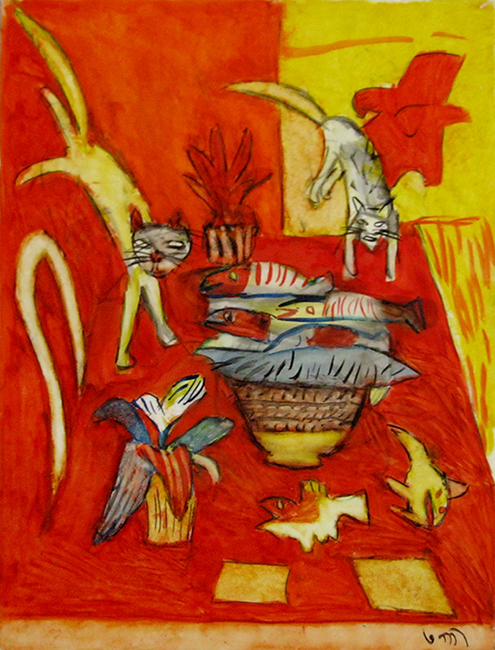 |
|
 |
|
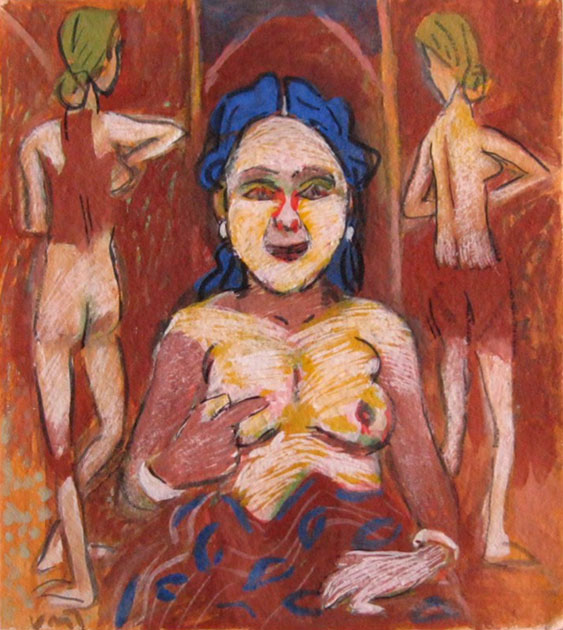 |
|
|
|
Untitled, oil on canvas,
30 x 30 inches |
|
Untitled, 2005, Reverse painting on plastic sheet in gouache and
oils,
12 x 9 inches |
|
Untitled, 2005, Reverse painting on plastic sheet in gouache and
oils,
12 x 9 inches |
|
Untitled, 2005, gouache on handmade paper,
10.5 x 9.5 inches |
|
|
|
|
|
|
|
|
|
|
|
|
|
|
 |
|
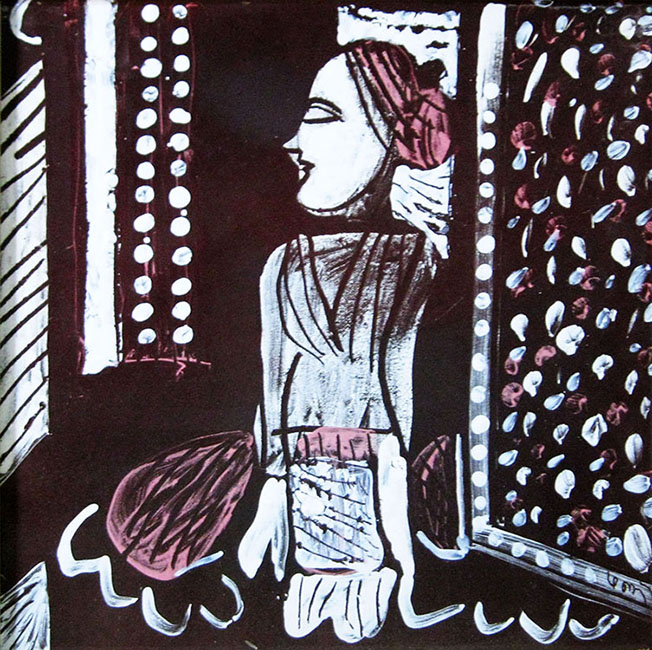 |
|
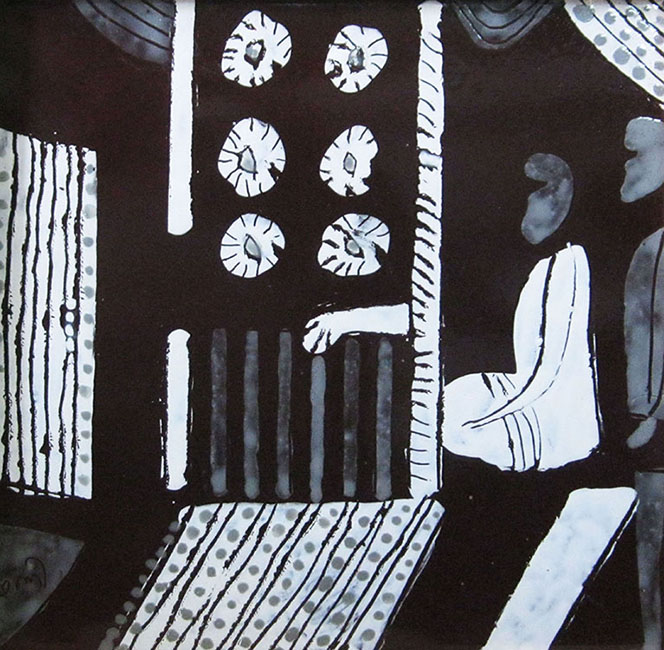 |
|
|
|
|
|
Untitled, 2002, Enamel,
12 x 12 inches
|
|
Untitled, 2002, Enamel,
12 x 12 inches |
|
Untitled, 2002, Enamel,
12 x 12 inches |
|
|
|
|
|
Krishen Khanna
|
|
|
|
|
|
|
|
|
|
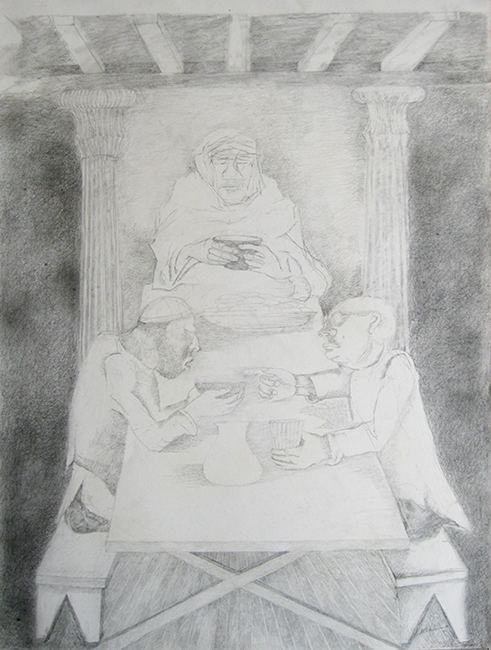 |
|
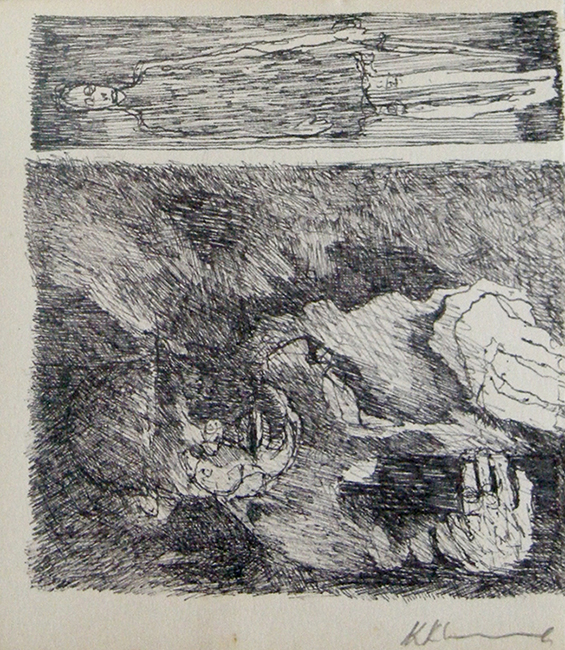 |
|
 |
|
 |
|
|
|
Untitled, graphite and mixed media on paper, 30 x 22 inches |
|
Untitled, Ink on paper, 6 x 5 inches |
|
Untitled, graphite on paper,
12 x 18 inches |
|
Untitled, graphite on paper,
12 x 18 inches |
|
|
|
|
|
|
|
|
|
|
|
|
|
|
 |
|
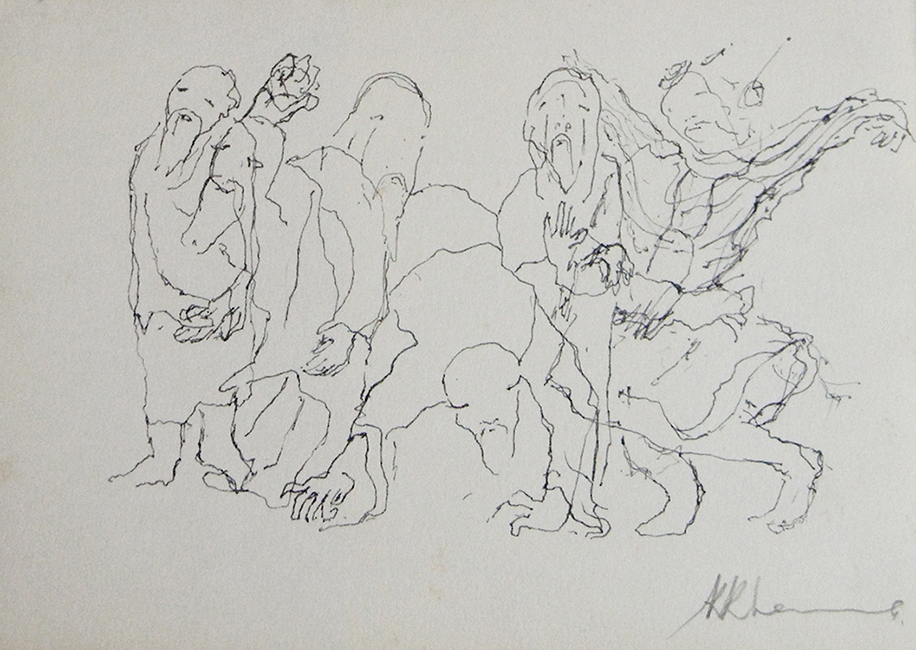 |
|
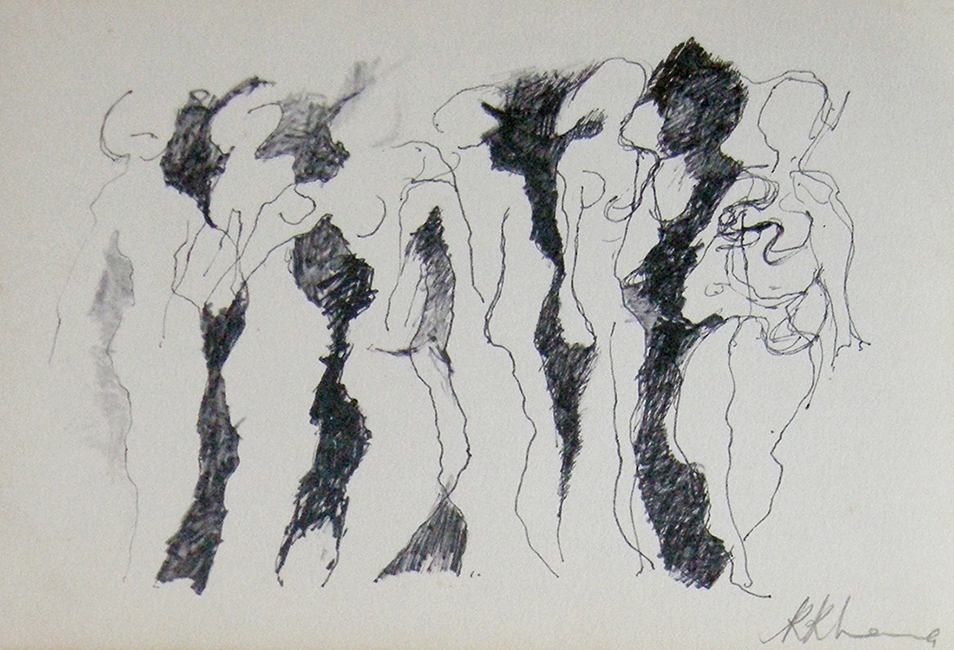 |
|
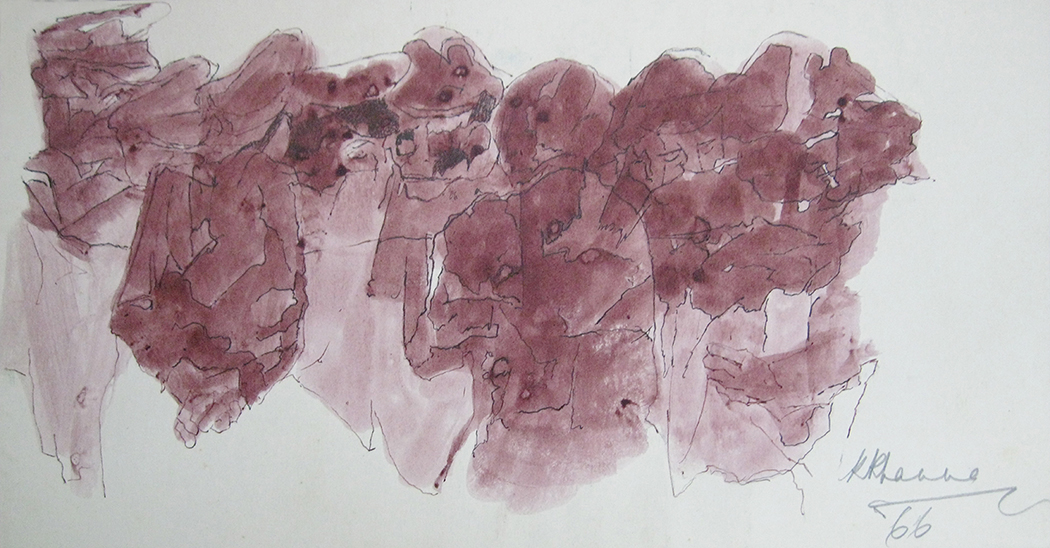 |
|
|
|
Untitled, 1964, watercolour on paper, 10.5 x 14 inches |
|
Untitled, Ink on paper, 6 x 8 inches |
|
Untitled, Ink on paper, 6 x 8 inches |
|
Untitled, 1966, Ink and watercolour on paper, 6 x 11 inches |
|
|
|
|
|
|
|
|
|
|
|
|
|
|
|
|
|
|
|
|
|
|
|
|
|
|
|
|
|
|
|
|
|
|
|
|
|
|
|
|
|
|
|
|
|
|
|
|
|
|
|
|
|
|
|
|
|
|
|
|
|
|
|
|
|
|
![]()